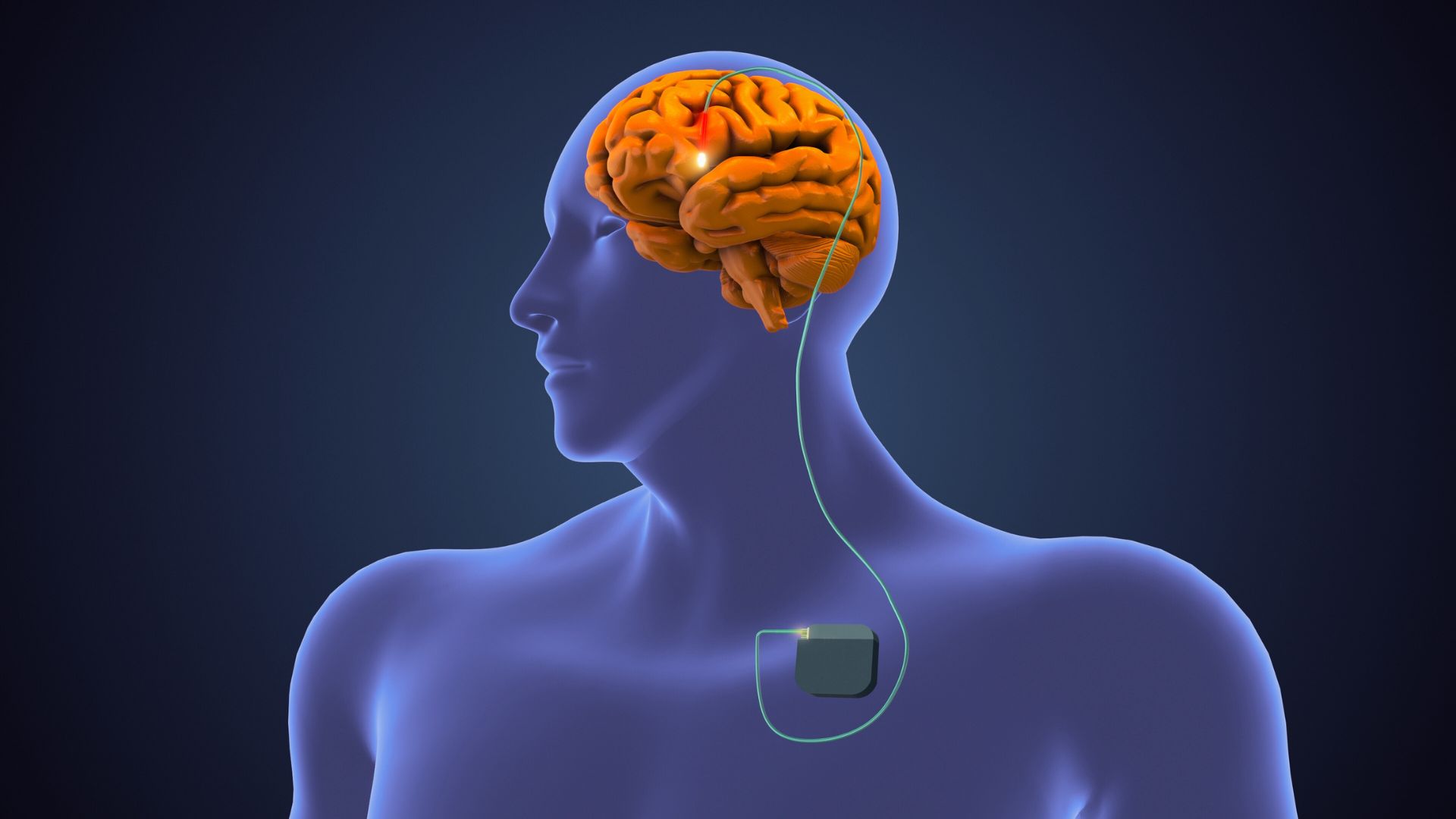Parkinson’s disease is a complex neurodegenerative disease that is characterized by a variety of symptoms, including tremors, slowness of movement, rigidity and impaired balance. Although there is no cure for Parkinson’s disease, physiotherapy and exercise can play a key role in mitigating the symptoms and health impacts associated with this disease.
The Canadian Guidelines on Parkinson’s Disease states that formal exercise programs are essential in improving independence in daily activities, reducing bradykinesia (slowness of movement), improving ambulation speeds and decreasing falls.[i]
In this article, we will examine how exercise slows the progression of Parkinson’s disease. We will then get into some movement-based therapies and exercises for Parkinson’s disease that we have used with our clients at Propel Physiotherapy to help maintain or restore mobility and function.
Table of Contents
- What is Parkinson’s disease?
- How exercise slows progress of Parkinson’s
- PWR!Moves exercise classes for Parkinson’s
- Posture and strength training
- Balance training
- Gait training
- Physiotherapy and Parkinson’s disease
What is Parkinson’s Disease?
Parkinson’s disease (PD) is a degenerative brain disorder that affects the nervous system and parts of the body controlled by the nerves. These symptoms are sometimes visible, and can include:
- Slowness of movement (bradykinesia) is the most highly correlated symptom with dopamine. It is a force-regulation problem where the brain is not driving enough force for the needs of the task.
- Rigidity is the co-contraction of muscle groups resulting in tightness and stiffness in the joints, limiting one’s balance and mobility.
- Tremor is an involuntary quivering movement or shake, may be present at rest.
- Postural instability, or balance problems that help to confirm the diagnosis.
Other symptoms such as fatigue, soft speech, sleep disturbances and constipation can also be present with this disease.
The disease involves a loss of dopamine producing cells, the cells that help transmit the signals for movement. As a result, people with Parkinson’s disease may have difficulty walking and talking as the disease progresses and gradually worsens over time.
How Exercise Slows Progression of Parkinson’s Disease
There are various factors that increase the cell death of dopamine for people with Parkinson’s disease. People living with Parkinson’s disease are known to have low neurotrophic levels, mitochondrial dysfunction, and more oxidative stress in their cells.
Exercise alone has been proven to help increase neurotrophic factors, improve the energy production and mitochondrial function, and reduce oxidative stress in these cells. What this tells us is that if you can exercise you can help slow cell death and slow disease progression.
There is evidence that the earlier you start exercising, the better your quality of life will be – but it is never too late to get started. A study from the National Parkinson’s Centers of Excellence surveyed 3000 people with Parkinson’s Disease on their quality of life (QOL) each year they attended a conference. Each subsequent year they would return, they would complete the survey again.
What they found was that those who exercised at baseline, and continued to exercise every year, had no change in their QOL. Those who did no exercise at baseline, and continued so year after year, indicated that their QOL was worse. Most encouragingly, those groups who did no exercise at baseline, but who began exercising later on, were able to catch up and make improvements in terms of QOL.
Simply put, because Parkinson’s Disease is a progressive neurological disorder, seeing no change in one’s QOL after 2 years’ time demonstrates that exercise was protective in slowing disease progression for study participants. They were therefore able to maintain their baseline state of function in life over the course of the study.
More studies demonstrate that for the greatest benefits, individuals with Parkinson’s Disease should participate in exercise that is:
- Beyond the intensity that one would self-select for themselves
- Progressive in nature; physical activity that continuously challenges the individual
- Incorporates repetitive large amplitude movements to combat one’s bradykinesia
In the following sections, we will discuss some movement-based therapies and exercises for Parkinson’s disease that we have used with our clients at Propel Physiotherapy to help maintain or restore mobility and function.
PWR!Moves Exercise Classes at Propel
Propel Physiotherapy offers Parkinson’s exercise classes virtually. PWR!Moves® is a Parkinson’s disease-specific skill training program aimed at slowing and stopping the progression of Parkinson’s. The PWR!Moves® program is one more important tool to help Propel Physiotherapy meet our goal of helping our clients maintain or restore skills that help them live life optimally.
The evidence-based program developed by Dr. Becky Farley, PhD, MS, PT focuses on functional skills training that is most affected by bradykinesia. The program also incorporates various exercises to target symptoms of rigidity, and incoordination to help improve postural stability and reduce the risk of falls.
PWR!Moves® Parkinson’s exercise classes are offered virtually on Thursdays from 4-5 PM by certified instructor Shriya Maharaj.
Contact us directly for more information on how to register for this class.
Posture and Strength Training
Posture education is an important aspect of treatment in Parkinson’s disease. A physiotherapist can provide stretching and strengthening exercises, as well as posture education to help with the stooped posture that often accompanies Parkinson’s disease.In addition, therapists are able to assess and treat posture related pain that may be present.
Resistance training has also been found to be beneficial in impacting symptoms of Parkinson’s disease. The benefits of strength training, in general, include increasing muscular strength, endurance, dynamic balance and cognitive functioning.
Balance Training
Balance training is an important part to help minimize the risk of falls in Parkinson’s disease and to maintain independence in this population. Physiotherapists can provide an individualized balance program that meets the needs of the client, no matter at what stage of disease progression.
At Propel Physiotherapy, safe and challenging balance training is maximized through the use of our harness system. We also offer group balance classes to help motivate and challenge clients.
Gait Training
People with Parkinson’s disease often experience gait impairments as the disease progresses. These can include shortened step length with increased cadence of steps, freezing and decreased gait speed. Gait training is critical to maintain an individual’s independence with mobility. This can involve treadmill training, dual task training and auditory cuing.
Nordic walking is a style of walking where you use a specially designed walking poles to help you move forwards. Numerous studies have found that Nordic walking in PD can significantly improve motor symptoms, balance, and gait outcomes.[ii]
Nordic walking promotes a more upright posture, increased gait speed and longer step length, qualities that are affected in Parkinson’s disease. This technique is a low cost and easy to learn and perform therapy intervention.
Physiotherapy and Parkinson’s Disease
Physiotherapy and exercise-based interventions are an essential component in the treatment of movement-based disorders such as Parkinson’s Disease. While many people seek physiotherapy intervention during early diagnosis or after falls, physiotherapy management is important at all stages of disease progression.
A systematic review found that long-term physiotherapy interventions for six months or longer have a beneficial impact on motor symptoms and antiparkinsonian medication dose in mild-to-moderate Parkinson’s disease patients.[iii] These benefits can have a huge impact on quality of life and independence.
For more information about Propel Physiotherapy’s neurological injuries rehabilitation services or any of our therapies or classes, please contact us.
References
[i] Parkinson Clinical Guidelines
[ii] Radder DLM, Lígia Silva de Lima A, Domingos J, et al. Physiotherapy in Parkinson’s Disease: A Meta-Analysis of Present Treatment Modalities. Neurorehabilitation and Neural Repair. 2020;34(10):871-880. doi:10.1177/1545968320952799
[iii] Okada Y, Ohtsuka H, Kamata N, Yamamoto S, Sawada M, Nakamura J, Okamoto M, Narita M, Nikaido Y, Urakami H, Kawasaki T, Morioka S, Shomoto K, Hattori N. Effectiveness of Long-Term Physiotherapy in Parkinson’s Disease: A Systematic Review and Meta-Analysis. J Parkinsons Dis. 2021;11(4):1619-1630. doi: 10.3233/JPD-212782. PMID: 34366377; PMCID: PMC8609713.
Written by


















